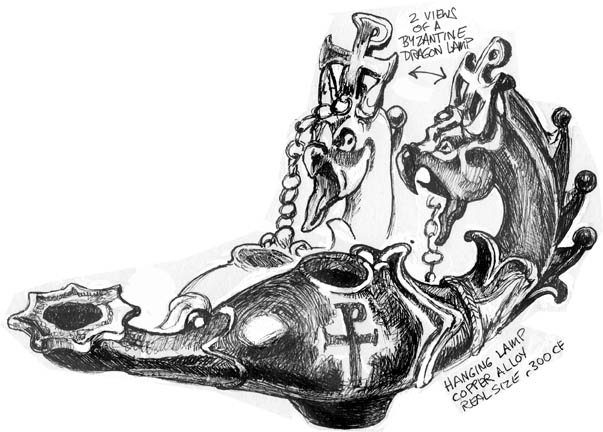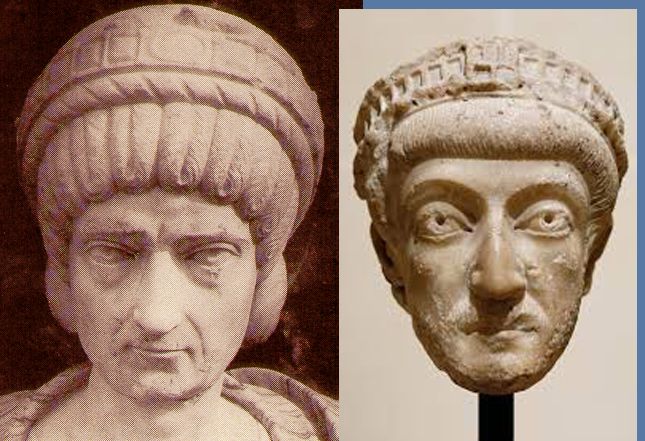The Imperial Virgin
Fifteen years of walking about this neighborhood, tea in carpet shops, coffee and gossip, friends, errands, parties, informal tours, drawing, and all the while this great slumbering ghost sprawled across the hill. These shabby old bits I call clues were part of an edifice so important by the 8th century that it held an alleged Girdle of the Virgin. This is hotly contested by at least one Byzantine scholar, but I like to think about St Mary’s robe floating in the ether of a Byzantine collective memory, down under the tourist eateries, travel agencies, and Ottoman plaster.
The mid-5th century was early days for the great Christian empire. Constantine the Great, who declared Christianity the official religion, had only been gone a hundred years. The city had been Constantinople for only a century, full of Pagan echoes, in the sacred fantastical animals, in the worship of the saints. The great Theodosian Walls, those hulking savaged monuments still standing, were new, built by Anthemius, Regent of the Eastern Roman Empire, named after the crowned child, Theodosius II.
The weak young Emperor Arcadius was dead, and his hated sensuous Empress Eudoxia was dead as well. Their son Theodosius II was crowned at age seven, but it was his sister who ruled: Aelia Pulcheria, granddaughter to Theodosius the Great, the Emperor who set up the Egyptian Obelisk in the Hippodrome in 390, who built the second Hagia Sophia that was burned in the Nika Rebellion of 532. All three generations had the same cold pale eyes.



Pulcheria was nine when she began to train her little brother to be Emperor. In stark contrast to her scandalous mother, who wore bangs like a courtesan and flaunted her infidelities, she took a Vow of Chastity, consecrating her virginity to God. Her piety was undeniable, but she was also menaced by Anthemius the Wall-Builder who was determined to marry into the royal family. The Vow protected her. She blocked all his avenues and made her sisters swear virginity, too. It must have been grim: three dour princesses stitching altar cloths in a palace forbidden to men and levity of any kind. Anthemius might have been a better ruler, but at 15 Pulcheria sacked him and proclaimed herself Regent, declaring herself Augusta, Empress of the Eastern Roman Empire.